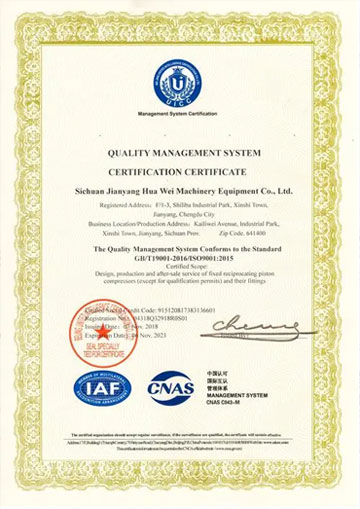

Countersunk Self-Drilling Screws for Enhanced Aesthetic and Strong Fastening Solutions
Th12 . 10, 2024 20:09 Back to list
Countersunk Self-Drilling Screws for Enhanced Aesthetic and Strong Fastening Solutions
Self-Drilling Screws with Countersunk Heads An Essential Guide
When it comes to construction and woodworking projects, the choice of fasteners can significantly impact the structural integrity and aesthetic appeal of the finished product. Among the various types of fasteners available, self-drilling screws with countersunk heads are becoming increasingly popular. This article aims to delve into the features, benefits, and applications of these versatile fasteners.
What are Self-Drilling Screws?
Self-drilling screws, also known as Tek screws, are a type of screw designed to drill their own hole as they are driven into a material. The unique design features a sharp point that penetrates the material, eliminating the need for pre-drilling. This characteristic streamlines the installation process, making it faster and more efficient, particularly in applications where time is of the essence.
What is a Countersunk Head?
The term countersunk refers to the shape of the screw head. A countersunk head is deliberately designed to sit flush with or below the surface of the material in which it is installed. This feature not only enhances the visual appeal of the project by providing a clean finish but also prevents any protrusions that could snag on clothing or impede the movement of machinery.
Key Benefits of Self-Drilling Screws with Countersunk Heads
1. Time Efficiency One of the standout advantages of self-drilling screws is the time saved during installation. By eliminating the need for pre-drilling, workers can focus on completing the project more quickly, which is especially beneficial in large-scale construction tasks.
2. Improved Aesthetics The countersunk design allows the screw to sit flush with the surface, providing a smooth and professional finish. This aesthetic benefit is crucial in woodworking and construction projects where appearance matters, such as in furniture making or visible installations.
self drilling screws countersunk

3. Enhanced Strength Self-drilling screws with countersunk heads often provide a secure grip, ensuring that the fastening remains tight over time. This durability is essential in applications where structural integrity is paramount.
4. Versatile Applications These screws are suitable for a wide range of materials, including metal, wood, and plastic. They are commonly used in the construction of metal buildings, fastening wooden structures, and even in automotive applications.
5. Reduced Risk of Damage Traditional screws, when driven into materials without pre-drilling, can sometimes cause splitting or cracking. Self-drilling screws are designed to minimize this risk, resulting in cleaner installations with less material waste.
Applications of Self-Drilling Screws with Countersunk Heads
Self-drilling screws with countersunk heads are used across various industries. In the construction sector, they are often employed in metal framing, roofing applications, and fastening siding. In woodworking, they are favored for assembling cabinets, door frames, and custom furniture pieces. Their ability to work with both thin and thick materials makes them a go-to option for DIY enthusiasts and professionals alike.
Moreover, these screws are often utilized in the automotive and manufacturing industries, where precise fastening is crucial. Their ease of use and reliability have made self-drilling screws with countersunk heads a preferred choice for contractors and builders.
Conclusion
In summary, self-drilling screws with countersunk heads combine functionality with aesthetic appeal, making them an invaluable choice for any construction or woodworking project. Their ability to self-drill, along with their flush-fitting design, enhances installation efficiency and visual quality while ensuring durability. Whether you’re a professional contractor or a DIY hobbyist, incorporating self-drilling screws with countersunk heads into your toolkit is a decision that promises to elevate the quality and efficiency of your work.
Latest news
-
Hot Dip Galvanized Bolts-About LongZe|High Strength, Corrosion Resistance
NewsJul.30,2025
-
High-Strength Hot Dip Galvanized Bolts - Hebei Longze | Corrosion Resistance, Customization
NewsJul.30,2025
-
Hot Dip Galvanized Bolts-Hebei Longze|Corrosion Resistance&High Strength
NewsJul.30,2025
-
High-Strength Hot-Dip Galvanized Bolts-Hebei Longze|Corrosion Resistance&High Strength
NewsJul.30,2025
-
Hot Dip Galvanized Bolts-Hebei Longze|Corrosion Resistance&High Strength
NewsJul.30,2025
-
Hot Dip Galvanized Bolts - Hebei Longze | Corrosion Resistance, High Strength
NewsJul.30,2025

